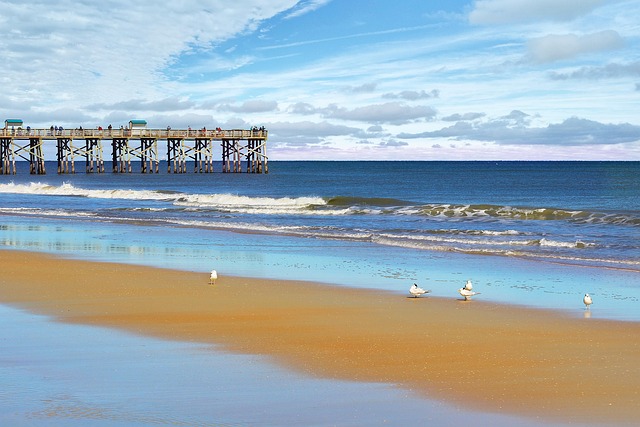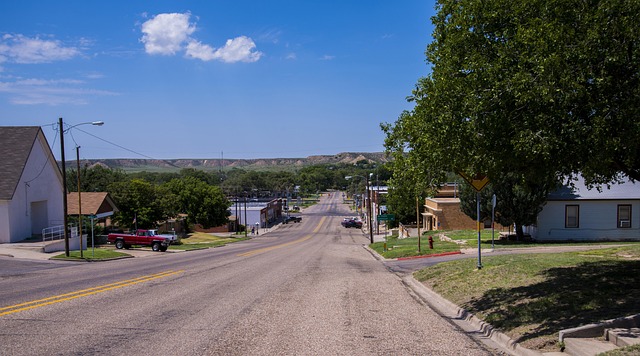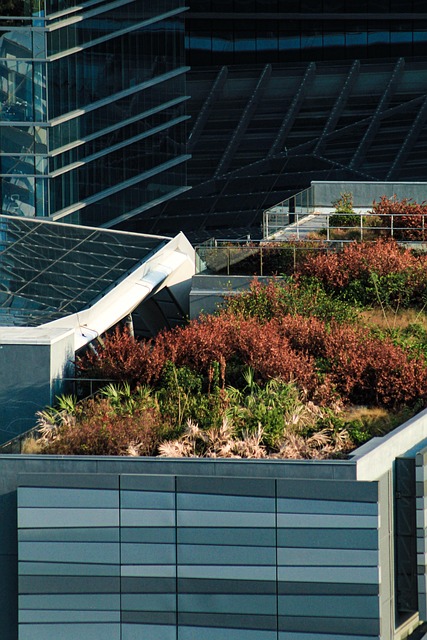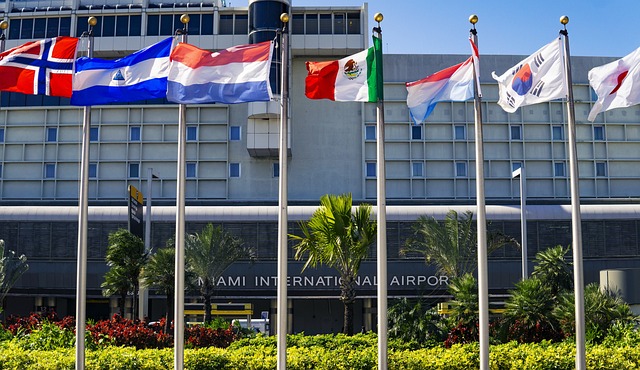Mining's lasting impact on communities worldwide is evident in their real estate markets. Mining towns boast unique architecture and history, attracting tourists and fostering local economic growth through heritage conservation efforts. By preserving historical roots through interpretive centers and restored sites, former mining areas create a distinctive sense of place that combines past and present, becoming valuable marketing tools for real estate professionals.
Proud mining heritage shapes identity and communities worldwide, leaving an indelible mark on landscapes and people. This article explores the historical impact of mining on local societies, focusing on how these legacies can revitalize real estate markets through heritage site development. We delve into preserving and celebrating mining identity in modern times, showcasing innovative ways to balance past and present while enhancing economic prospects for future generations.
The Historical Impact of Mining on Communities

Mining has left an indelible mark on many communities, shaping their history and identity. The historical impact of mining goes beyond mere extraction; it has deeply influenced the social fabric, economy, and even the landscape of these regions. For instance, mining booms often attracted diverse populations, leading to vibrant and multicultural communities, while subsequent declines could result in significant economic shifts and social dislocation.
In terms of real estate, mining towns often mirrored this industrial heritage in their architecture and urban planning. The legacy of mines can be seen in the form of abandoned structures, now part of the local scenery, as well as in the resilience of communities that have adapted and reinvented themselves over time. This historical tapestry enriches the narrative of these places, attracting tourists and enthusiasts curious about the stories behind the mines.
How Heritage Sites Can Revitalize Local Real Estate Markets
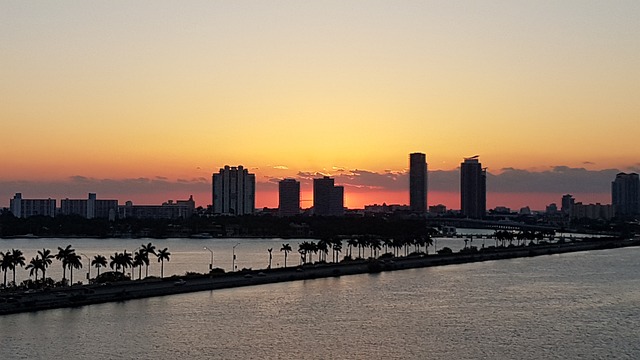
Mining heritage sites, with their rich history and unique architecture, can become powerful catalysts for revitalizing local real estate markets. These historic locations often hold cultural significance, attracting tourists and enthusiasts who appreciate the region’s past. As a result, nearby properties can experience an increase in demand due to improved accessibility and exposure. The presence of well-preserved heritage sites can elevate the desirability of an area, enticing buyers seeking a blend of modern amenities with historical charm.
Real estate investors and developers recognize the potential of these sites to drive economic growth. By integrating heritage conservation efforts into urban planning, communities can foster a sense of place and pride among residents. This, in turn, encourages local investment and fosters a thriving real estate market centered around the region’s distinct identity.
Preserving and Celebrating Mining Identity in Modern Times
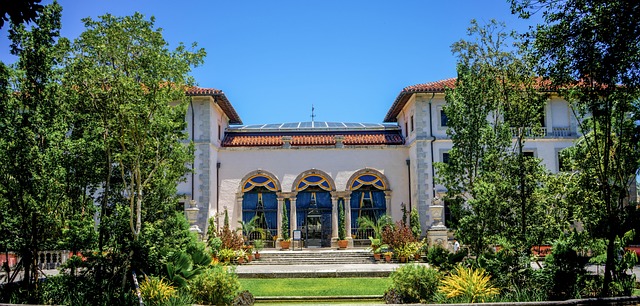
In modern times, preserving and celebrating a community’s mining heritage has become an integral part of shaping its identity and attracting visitors to its real estate offerings. Towns and cities that once thrived on mining activities now recognize the value of their historical roots in creating a unique sense of place. By showcasing the stories and traditions tied to the mines, these locations can draw people interested in exploring the past while also offering modern amenities.
This heritage can be celebrated through various means, such as interpretive centers, restored historic sites, and cultural events that reflect the mining culture. These efforts not only preserve the history but also foster a sense of community pride. For real estate professionals, promoting this preserved heritage can be a powerful tool in marketing properties, appealing to both local residents seeking roots and outsiders curious about the region’s unique character.

